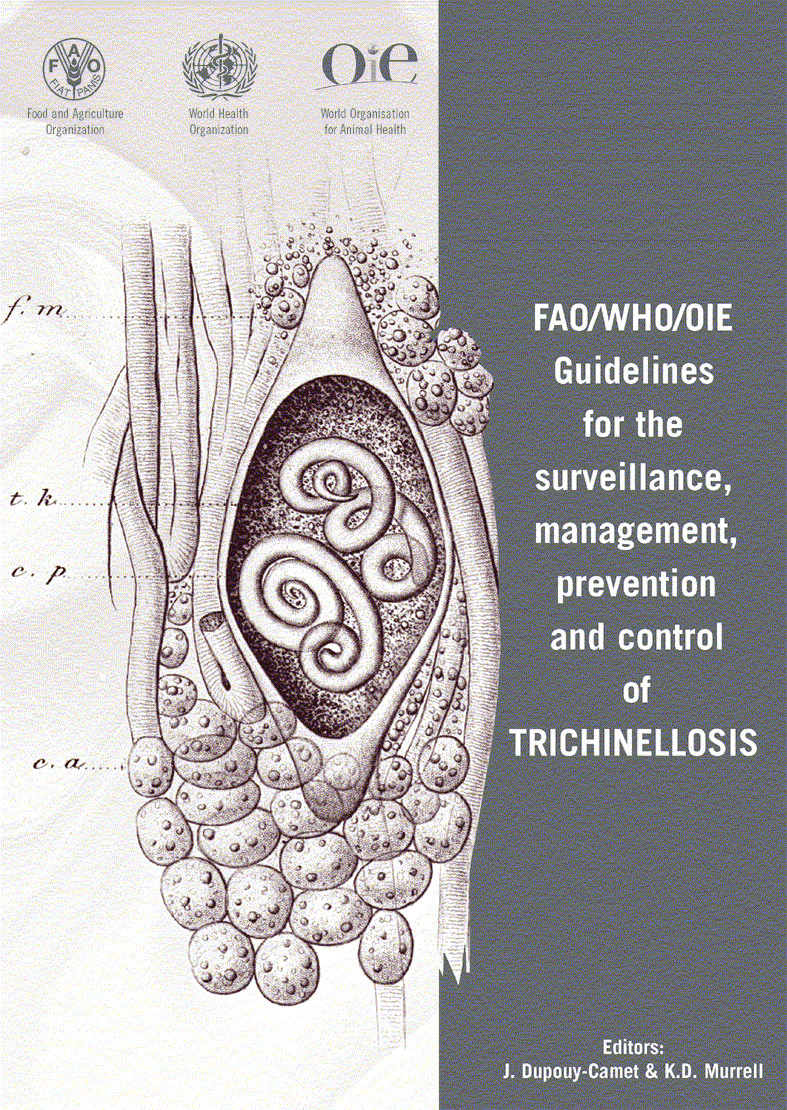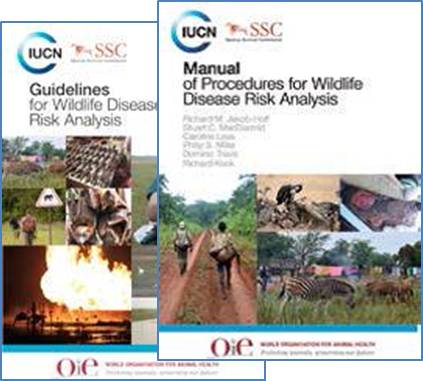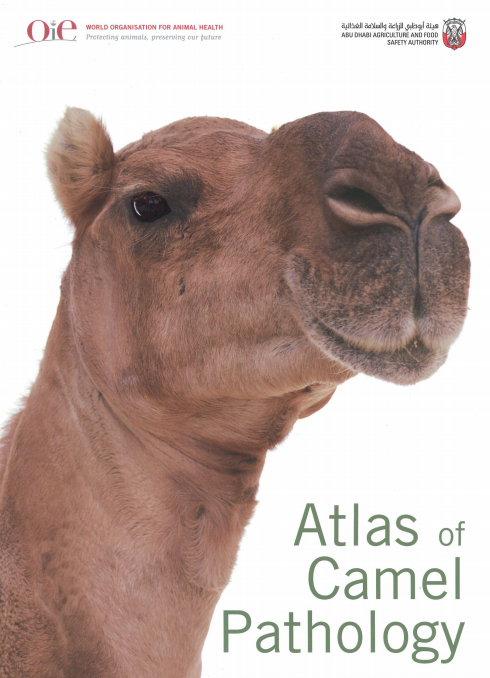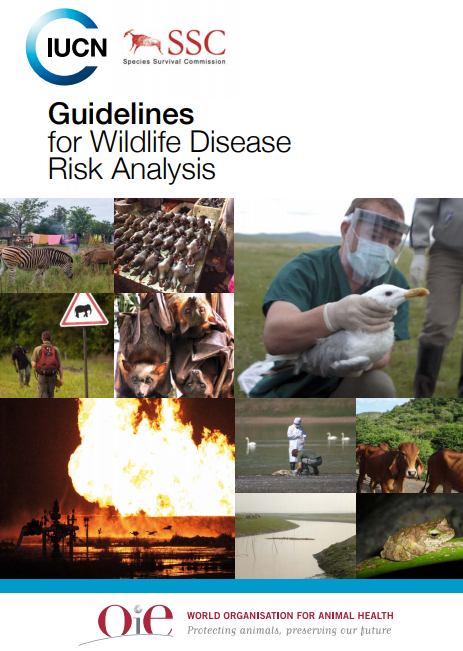Description
Trichinellosis is a parasitic disease that poses a threat to public health. Until recently, it was thought that it would soon cease to be a public health problem, but it is becoming increasingly clear that it is a continuing threat to the safety of food, especially in resource-poor areas. Although the classical paradigm of human trichinellosis involves man as a ‘blind alley’ host in which infection by Trichinella spiralis is acquired through the ingestion of infected pork, in recent years this characteristic epidemiology has been greatly altered. It is now recognised that there are at least eight Trichinella species, and that humans may acquire infection from a variety of meat sources, including, horses, wild game, birds, and even from reptile meat. While the domestic cycle (involving domestic pigs) is still a major risk in trichinellosis, the role of sylvatic and non-pig domestic animal sources has greatly increased. This has required a reassessment of classical trichinellosis epidemiology, surveillance and control approaches.
WHO/FAO/OIE Guidelines for the surveillance, management, prevention and control of Trichinellosis were developed with the objective of updating scientists, the public, and public health agencies responsible for trichinellosis control and prevention on these new developments and on the latest understanding of trichinellosis. The Guidelines reflect the accumulated knowledge and expertise of many internationally renowned experts on this zoonosis and the contents cover the most recent discoveries and advances in Trichinella biology, systematics, epidemiology, diagnosis, patient management, prevention and control. There is an emphasis on practical methodologies and procedures. The Guidelines also provide advice and recommendations on programme planning, monitoring and evaluation, including the new strategy of designating Trichinella-free areas and providing farm certification. The authors are confident that the contents will prove to be useful and will constitute a complete resource for the detection and treatment of infection, and for the development of prevention and control programmes for this ubiquitous and persistent parasitic zoonosis.
J.Dupouy-Camet & K.D. Murell; Ed.
2007
ISBN





